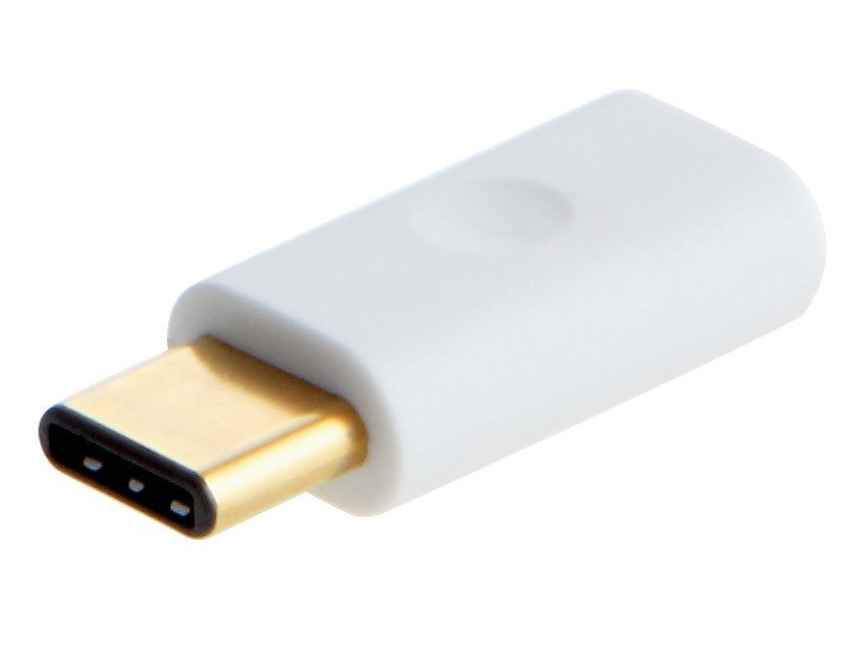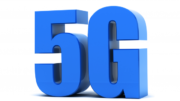I’ll grant you, it’s probably the biggest problem you think about every day. But, as we continue to use our devices in new ways, it would be nice if there were one plug that could literally do it all. That could be coming soon, and its name is USB4.
The logical evolution
USB4 is the logical evolution of the Universal Serial Bus standard that has been with us since the 1990s. Succeeding versions of USB have made it possible for data to move faster and for cables to carry more power. The first version of USB was barely powerful enough to keep a keyboard powered and barely faster than a floppy disk. But, with USB4, there’s a whole new set of possibilities for speed and power.
USB4 was first approved last year but we’re just really starting to talk about it now because we’re about to see the first devices that support it.
The details

USB4 exclusively uses the USB-C connector. This connector started being used with USB 3.2 and has found favor in a lot of mobile electronics. Unlike MicroUSB, it’s a dual-sided connector that you can’t put in the wrong way. It’s also less likely to be crushed or deformed. With USB4, the writing is on the wall for the familiar USB-A connector, and it’s about time. While USB-A seemed nice and small in the ’90s, today it seems like a huge beast.
USB4 supports power transfers up to 100 watts of power, which is enough for almost any computer. Only servers and gaming rigs require more. It can also intelligently provide as little as .25 watts of power, to make sure that older electronics aren’t instantly fried by a charger.
The other big advantage is speed. USB4 supports at least 20GBps and can go as fast as 40Gbps. This is faster than practically anyone would ever need but it makes USB 4 flexible. A USB 4 connection could run an 8K monitor, a network adapter, and a hard drive through the same hub without creating any bottlenecks.
The promise of USB4
It’s going to take years to get rid of older devices but imagine just two connections on your laptop and they’re both identical. One can be used for power, one for a keyboard, hard drive, or external device. With a hub, you can connect as many devices as you want and they’ll all run really quickly.
This opens the door to smaller and more power-efficient devices. It also means more devices could work with your phone. Today’s phones are more powerful than laptops from just a few years ago, and with the right connections you might not ever need to use a traditional laptop. Just hook a keyboard, mouse, and monitor to your phone and it will work perfectly well. One less thing to buy, one less thing to worry about.
The thing I worry about
I worry that there is this ongoing fatigue when it comes to connectors. Since USB first came out, there have been other, better connector technologies like FireWire, Thunderbolt, and Lightning. None of these have really succeeded despite being pushed hard by Apple and Intel. Why? People are comfortable with good old USB and it’s “good enough.” They get cranky when a new technology comes out and it takes all new adapters and doesn’t offer benefits to the average person. There’s some concern that USB4 will do the same. A lot of folks (your author included) are still using devices that only work with USB 2.0 and we’re pretty happy.
I’m guessing it will be ’23 or ’24 before USB4 really takes hold but when it does, it will be great. Just prepare for the grousing in the meantime. And of course if you need computer accessories of any kind, shop the great selection at Solid Signal.





